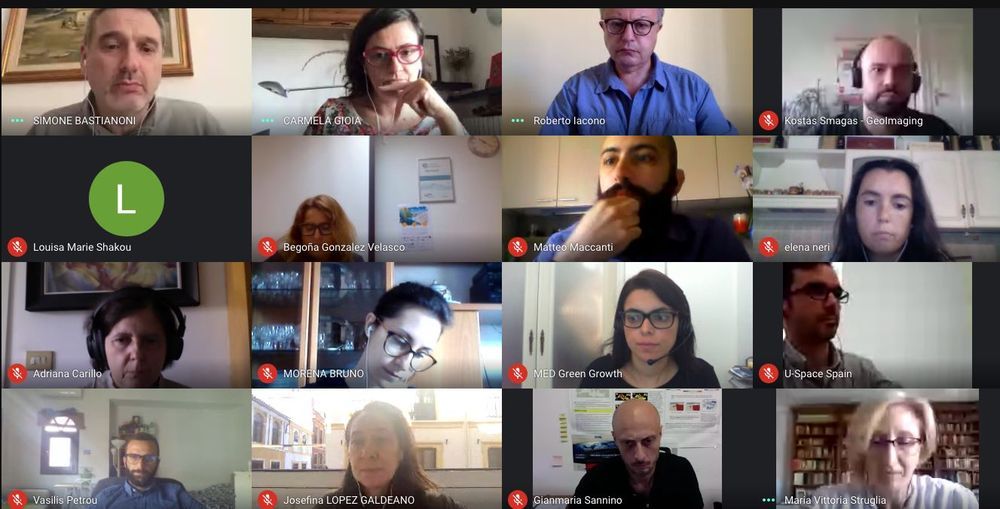
10 Nov 2020
The exploitation of marine energy sources opens a discussion on Mediterranean landscape, more than other renewable energies. The research on blue energy is not limited to technological issues but calls for a wider approach. Nowadays, the barriers to the deployment of these solutions in the Mediterranean sea, besides the technology readiness level and economic profitability, concern regulations, approvals, overlay with other marine activities, environmental sustainability, social acceptance and landscape compatibility. Can blue energy properly become part of the Mediterranean landscape?
The Blue Deal partnership aims at transferring knowledge on blue energies and prompting their deployment in the Mediterranean, starting from a simple classification.
On-shore Wave Energy Converters are systems embedded in docks and piers. The vertical motion of waves within caissons compresses and decompresses air that, flowing throughout pipes, makes wind mills generate electricity; similarly, the wave motion lets floating buoys fixed on piers oscillate and compress hydraulic pistons or, otherwise, it pulls seawater up to reservoirs and then fall down through micro-hydro turbines. These technologies are profitable in combination with the construction of new piers, such as for the extension of existing harbours, although production yields are still uncertain (almost 500 MWh/year per 100 m pier).
Among onshore solutions, systems exploiting thermal gradients between seawater and air through heat pumps have been successfully tested. These can supply heating and cooling energy for buildings along the seacoast, such as housing, hotels and other services, achieving good levels of performance (CoP > 4). Other innovative technologies exploiting salinity gradients, such as based on inverted electrolyses, are under study in combination with desalinating plants.
Near-shore Wave Energy Converters can have interesting applications in the Mediterranean. Buoys fixed on seabed and connected to underwater generators would require manageable maintenance processes and have good production yields, especially considering their installations in clusters or in line, such as by replacing boundary marker buoys of protected marine areas (a 25 buoys cluster can generate from 1000 to 1500 MWh/year).
Macro-algae are a potential source of energy, such as for the production of bio-gas or bio-fuel through bio-refinery. These processes are used in Northern Europe but are not easily transferable in the Mediterranean since marine biomass growth is not enough for efficient productions. Nevertheless, the combination with aquaculture can represent an opportunity, especially considering the additional function of algae to absorb nutrients.







